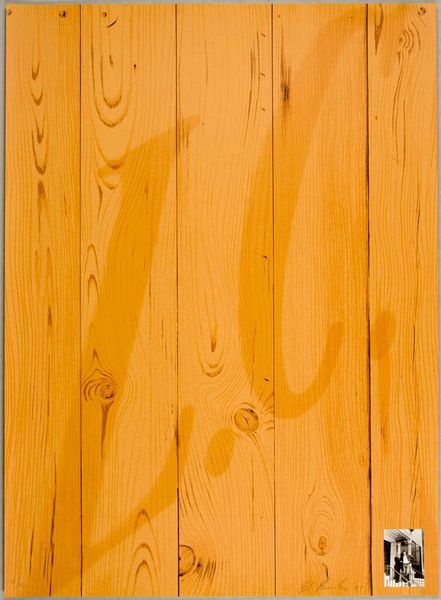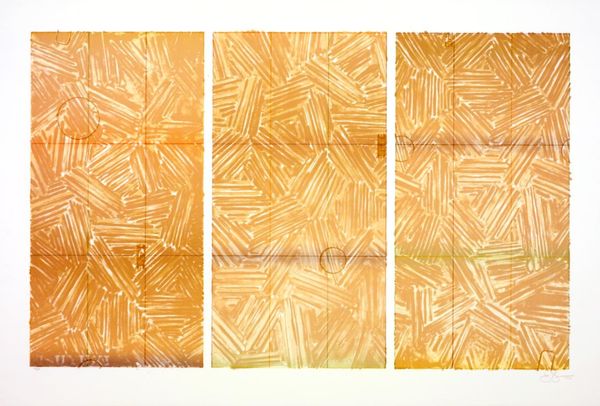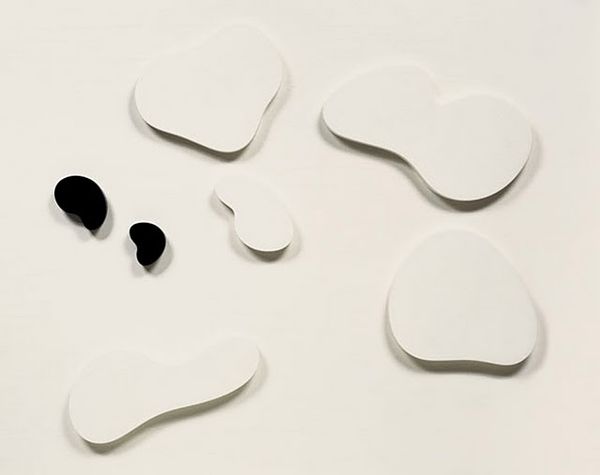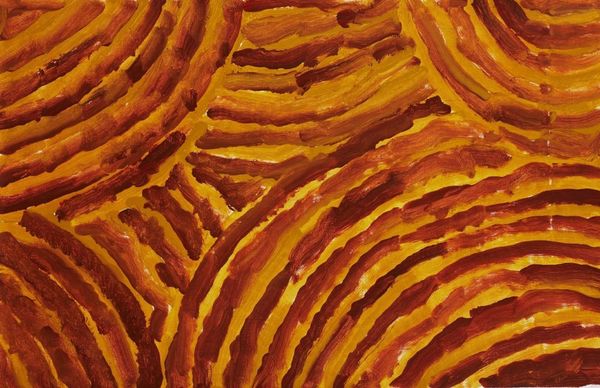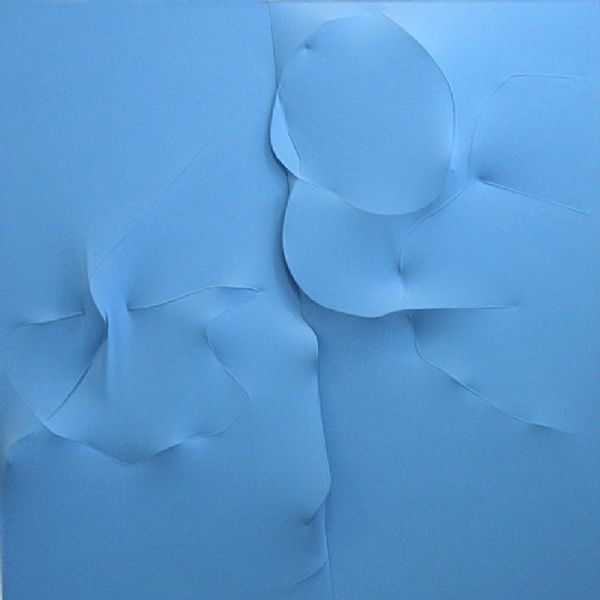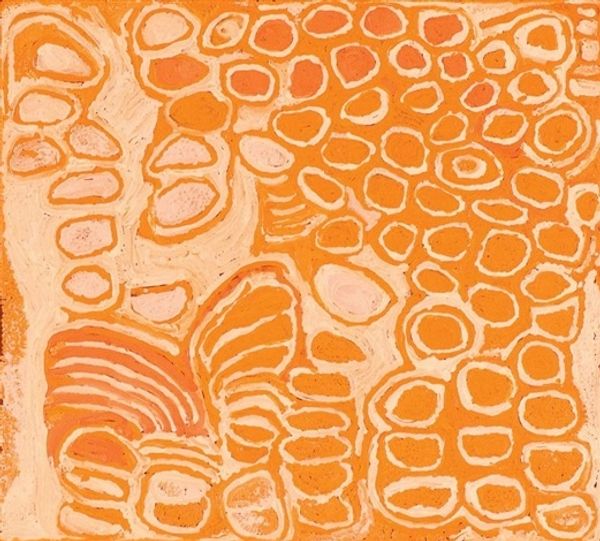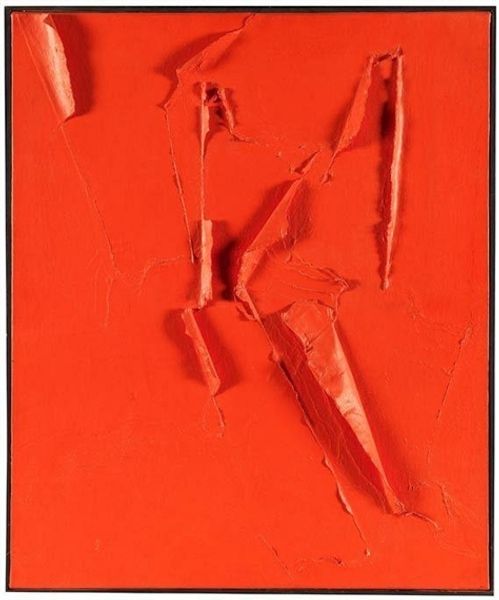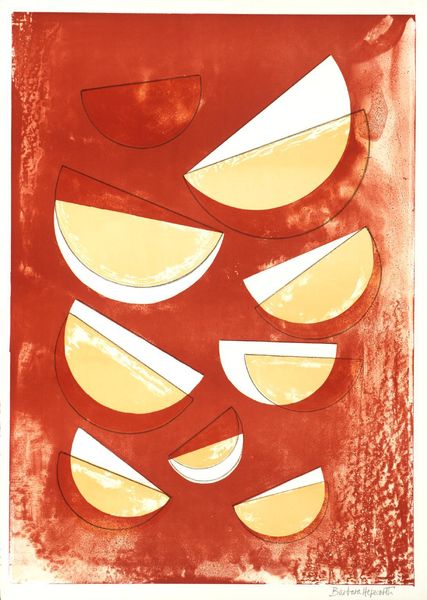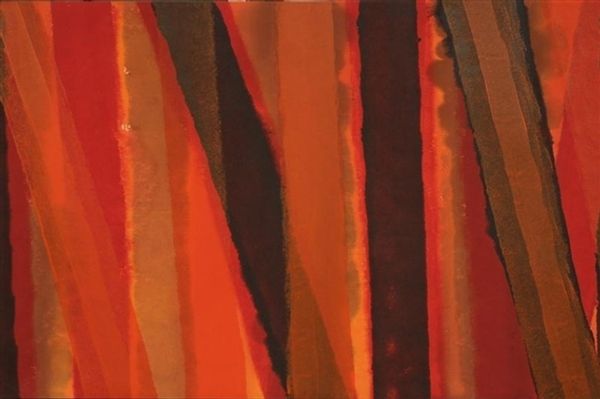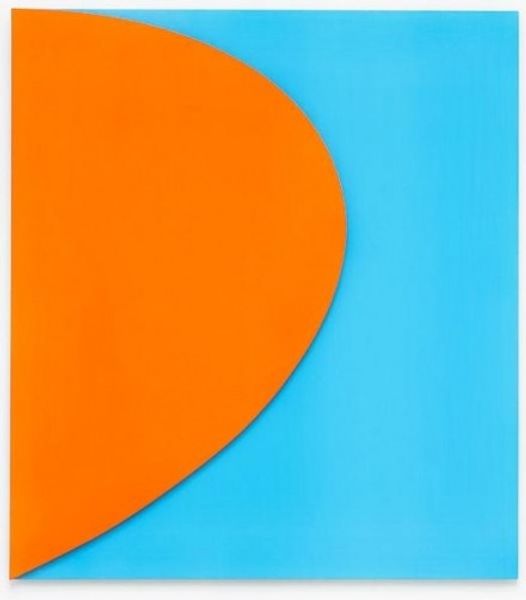
carving, sculpture, wood
#
abstract-expressionism
#
organic
#
carving
#
geometric composition
#
geometric pattern
#
organic pattern
#
geometric
#
sculpture
#
carved
#
abstraction
#
wood
#
natural texture
#
organic texture
#
modernism
Copyright: Jean Arp,Fair Use
Curator: Here we have a carved wooden relief titled "Constellation" by Jean Arp. It is an exemplary sculpture reflecting organic abstraction, a movement deeply connected to modernist principles. Editor: My first thought? Calm. It’s so warm and simple, like well-worn wood in a Scandinavian cabin. The shapes have this quiet rhythm that's really soothing. Curator: Indeed. Arp's biomorphic forms echo a connection to the natural world. It is crucial to understand Arp’s radical commitment during a time when much of society, particularly in the wake of both World Wars, was questioning artistic tradition and institutionalized value systems. Arp abandoned traditional representation in favour of a non-objective language to heal and communicate hope. Editor: And formally, note how he plays with positive and negative space. The carved shapes aren't just isolated forms; the wood surrounding them is just as crucial to the overall composition. I appreciate that restrained palette, the monochrome wood emphasizing the undulating surfaces and carving marks. The organic grain complements his style. Curator: Exactly! The choice of wood speaks volumes. It brings warmth to these non-figurative forms, aligning with his intent to connect art with the basic, grounding elements of nature. It also speaks of the period where craftsmanship was finding its space in high art. We are looking at the politics of material and embracing “primitive” skill sets versus academic tradition. Editor: You can see how light would interact with the carving—highlights, shadows—that variation across the piece, the smooth surfaces versus textured, would make the forms shift depending on the position of the viewer. The light activates the composition; the sculpture breathes. Curator: The artwork becomes an environment—its reception depends on many external factors like where it is housed, how it is lit, how the institution brands it. Its location imbues a socio-political subtext, not merely in the object's materiality, but how the viewing public is conditioned to appreciate such art. Editor: For me, devoid of its location or historical weight, the charm is simple. Looking closer I recognize an ecosystem of subtle curves, gentle dips—a collection of mini universes on one plane. I think that is Arp’s clever trick: making the simple profound through purity of form. Curator: Agreed. By challenging societal norms, Arp reminds us that abstraction isn't about escaping the world but rather offering a fresh interpretation—almost a sanctuary through artistic ingenuity and rebellious politics. Editor: That's a compelling way to see how it fits within art history; nonetheless, my takeaway is still the work’s elegant simplicity and how that evokes a meditative experience with light, texture, and fluid lines.
Comments
No comments
Be the first to comment and join the conversation on the ultimate creative platform.

